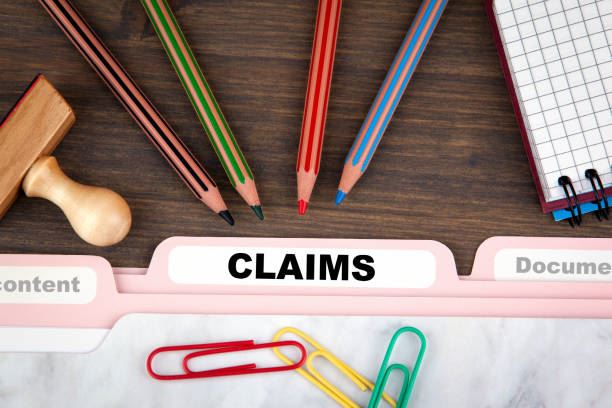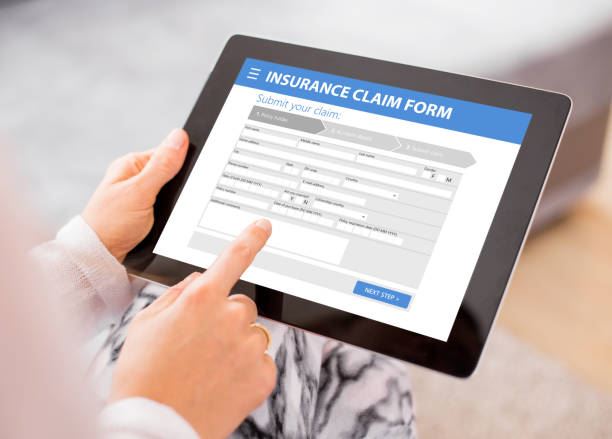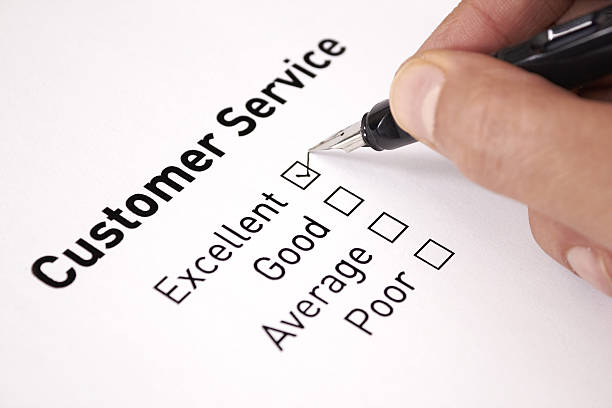How can I reduce loss ratio for my insurance business? This million-dollar question crosses the mind of virtually every insurance professional in the property-and-casualty (P&C) space.
After all, every insurer wants to lower operational costs and minimize claim severity. In their search to do so, many test out new pricing structures, launch experimental products and packages, or switch up their marketing and sales tactics entirely.
This haphazard approach of throwing objects against the wall to see what sticks rarely results in sizeable, needle-moving change. Instead, it costs more in time, energy and money than it makes in savings.
One of the most effective ways P&C carriers can reduce loss ratio is to address claims leakage that occurs during property damage events. Right from the FNOL through to post-claims processing, each property damage event is an opportunity to strengthen or weaken your bottom line.
In fact, the experts at STOP Restoration have identified what we think are the three most important ways to reduce your loss ratio, and they all center around finetuning the claims process to reduce claims leakage.
1. Accelerate the Claims Process

In many property damage situations, speed is of the essence. Whether it’s a flooded living room, mold-infested bathroom or contaminated basement, most damage worsens the longer it’s left unattended, leading to larger insurance claims.
It stands to reason then that creating a faster, more efficient claims process reduces the cost of claims. This starts with making sure you have a process in place to respond to the FNOL as quickly as possible.
At the heart of every process is your staff. Make sure you have enough employees and that each has the bandwidth to move claims quickly. This might require additional education and training (you’d be surprised how much money is lost because employees have never been taught how to properly manage their time.)
Audit processes to identify inefficiencies that are affecting the bottom line. Analyze poor decision-making or procedural failures (whether manual or automated) that are hurting your business. If you can do this in the spirit of mentorship (as opposed to dictatorship!), your staff will be much more likely to retain your teachings and stay with your team for the long haul.
Another consideration is making sure you’re using subcontractors who have a reputation for responsiveness and coordination. Remember that policyholders want streamlined communication with their adjuster, builder and restoration technician in addition to their insurance provider. Lean on vendors that have impressed you in the past. If they haven’t already done so, do your diligent research to find those who will.
2. Update Your Technology

E-commerce brands like Amazon, Etsy and Wayfair have created new consumer expectations, with buyers increasingly looking for intuitive digital options from the brands with which they do business. The COVID-19 pandemic has only amplified this trend, leading to the death of many brick-and-mortar businesses that refused to evolve.
Insurance companies are not immune from such changes. Many insurers lose money and clients because they still use outdated legacy systems that can’t keep up with the expectations of today’s digital-savvy audience.
For the contemporary consumer, insurers must offer a multichannel customer experience. Instead of relying solely on agents to manually collect and input data, customers should be able to serve themselves on their terms, such as through a robust claims processing system. This will allow for faster intervention and more accurate liability decisions.
Claims processing systems can also help detect fraud, saving insurers potentially thousands of dollars on each claim. What’s more, they can give your team better access to data insights that will further reduce claims leakage in the long run.
3. Surpass Your Customers’ Expectations

When you exceed your customer’s expectations, you leave a stronger impression and create a better experience. The better the experience, the higher your post-claims retention, which improves your bottom line.
Sounds simple, right?
But it turns out customer retention is an industry-wide pain point. According to a study by Accenture, 41% of policyholders who submit a claim end up switching insurance companies within a year. And a study by Bain & Company shows that insurers with lower Net Promoter Scores (NPS) have higher defection rates.
The claims process is ultimately a moment of truth for your business, an opportunity to create a positive impression, build loyalty and improve retention. Building a positive relationship with each claimant will help your team navigate and improve the claims process. Not least because you’ll prevent claims from stalling due to client resistance during the negotiation process.
So how do you improve the customer experience?
Think about ways you can turn a disastrous situation into a delightful one. Educate staff so they can act as friends and consultants instead of mere number crunchers. Insurers that provide calm, professional guidance in difficult times significantly boost customer satisfaction and retention.
Some of this may appear to conflict with efforts to expedite the claims process. Consoling and connecting with a traumatized claimant takes time, after all. But in the wake of a disaster, clients need reassurance; denying them it will cause more slowdown in the long run.
Let us handle the dirty work so you can focus on your client’s needs
At STOP Restoration we help insurance agents and adjusters minimize claims costs by responding to emergencies around the clock and making informed decisions about the repair of your client’s property. We provide a written action plan and a consultative approach so policy holders can return to normal quickly, letting you focus on managing the claims process.
Our restoration experts continuously advance our methods and technology through ongoing research and training, and we pride ourselves on time-efficient coordination with all parties involved.
Find your nearest STOP location today to speak to one of our team members and get your questions answered!